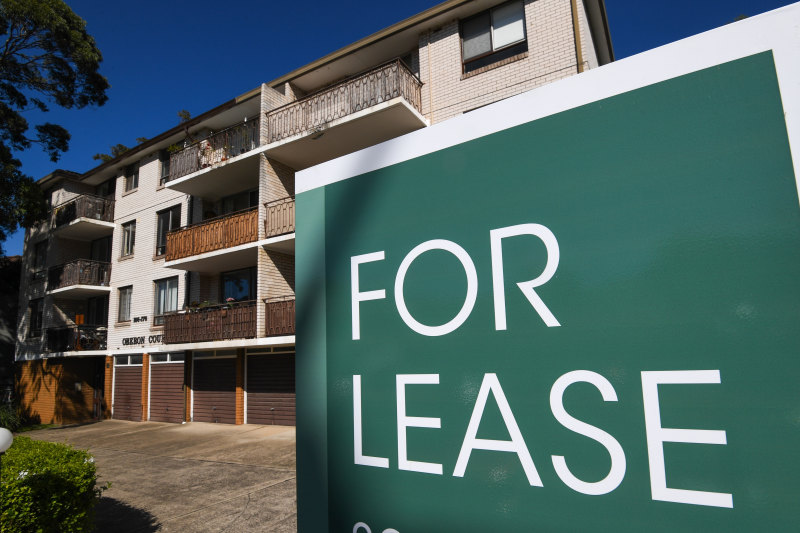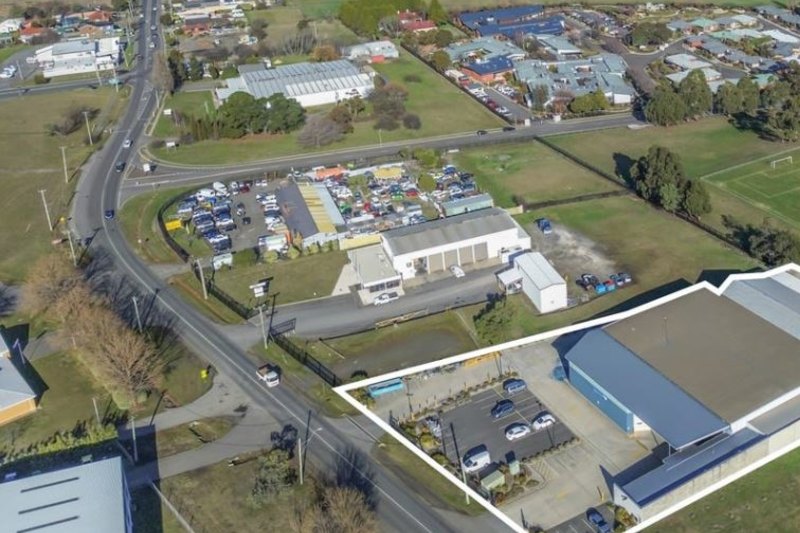Architects move towards making designs fit in, rather than making them stand out
It might be a tad premature to announce the death of “statement” residential architecture; the sort of buildings so different from their neighbours and so “look at me” that they sit in our suburban streets like sore thumbs.
The bolder-is-better house type that proliferated from the early 2000s refuses to settle in with any visual grace. Indeed the opposite happens. They become more dated by the day.
But if a theme that ran through an important international architectural conference held in Brisbane on Friday is indicative, architects and enlightened developers and clients are beginning to understand that their work exists in settings larger than merely between single block boundary fences.
At the Architecture Symposium — a headline event of the two-week long Asia Pacific Architectural Forum, an autumn design drawcard in Brisbane for the past three years — practices operating in China, Japan, New Zealand, Korea, Thailand and Australia showed commercial and residential work with a common linking thread; a refreshing consideration that even while doing obviously contemporary structures, they can be kept within a locally appropriate scale, character and context.
Better yet, buildings can sometimes dare to open up and interact with their community.
As Tokyo’s O+H (Onishimaki+Hykudayuki Architects) put it, “the experience of architecture begins before you enter a building. The experiences are continuous from the street. And designing for that is very important”.
“The site, position, exteriors and interiors of buildings should all fall into place and relate”, said co-owner Maki Onishi. O+H has taken this idea to the extent that their studio has no front window; rather, a roller door remains open while they work and occasionally it admits a random passer-by who might enter and hang out.
Bangkok’s Chat Chuenrudeemol (of Chat Architects) built his first city house to have boundary walls of openable wooden shutters that allow views into a rare grassy courtyard. That was “quite shocking” because it was very different to the intractable curtain walls becoming de rigueur in middle and upper class Bangkok, “and that create terrible streets”, he says.
For a yoga teacher client, Chat built a double height brick house divided down the middle by an alley-like breezeway where students can practise in an open, shady space “and so that the street life can flow in”. The air flow is so good, he says, air conditioning is not needed.
In Auckland, Richard Naish heads up RTA Studio and like many architects, he’s experimented with his own houses. In his second, and mindful of the pattern of the wooden Federation neighbourhood where houses were often built “in groups of twos, threes and fours, so that you get a rhythm”, he broke his wooden home into three segments that range down a hill and create a sequence of courtyards.
“Because of that repetition,” he says, “it has an appropriateness that sits comfortably and fits in.”
In his presentation on new multi-res buildings, Koos de Keijzer, principal of Melbourne-based DKO Architecture which operates in Sydney, New Zealand and Vietnam, and which now does its own developments, he repeated three or four times: “we feel small buildings are good buildings”.
He also talked of recent projects as being fundamental in their approach in that they are based on simple ideas that work hard.
An architect with urban design qualifications, de Keijzer was another who emphasised empathy with neighbourhood as paramount. Buildings should consider “the finer grain” of context, he said.
“We do most of our work in the middle suburbs. We look at the architecture of place. We’re rigorous in taking visual references to make buildings feel right in their place and then we put buildings together in a contemporary way.”
He discussed two recent Melbourne projects: One a set of five, five-storey townhouses on a small (140-square metre) backstreet block in Collingwood, “which is incredible high density and which the marketplace said would never sell. They sold out in five days”.
The other, a townhouse development in Preston on a site where an ordinary developer would make three ordinary dwellings, DKO put up eight homes comprising one-, two- and three-bedrooms.
But it also did everything to reduce the impact of the project by “abstracting the local familiar elements … to assimilate into suburban context”.
This emerging direction in architecture is confident, considered and very grown up in being no longer about standing out by being incongruously showy.
We recommend
We thought you might like
States
Capital Cities
Capital Cities - Rentals
Popular Areas
Allhomes
More







